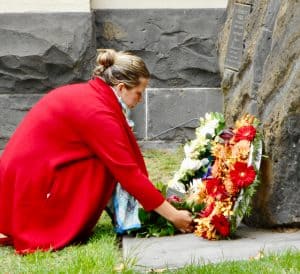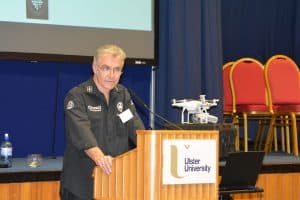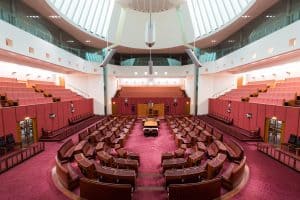 Australia’s entertainment and performing arts sector is gradually attending to the workplace mental health risks that are inherent, or have been shown to be problematic, in their industry. However it continues to operate in isolation rather than facing the reality and magnitude of the problems and the challenges facing lots of industries who have only recently discovered their psychosocial hazards.
Australia’s entertainment and performing arts sector is gradually attending to the workplace mental health risks that are inherent, or have been shown to be problematic, in their industry. However it continues to operate in isolation rather than facing the reality and magnitude of the problems and the challenges facing lots of industries who have only recently discovered their psychosocial hazards.
The latest edition of Dance Australia magazine contains an interview with Chloe Dallimore,* President of Equity, a division of the Media Entertainment and Arts Alliance (MEAA), which illustrates the willingness to change, but still within limits. Occupational health and safety (OHS) obligations are hardly mentioned, nor is the role of the OHS regulators. Perhaps it is time to include mental health as a workplace incident or condition that should be notifiable under law.


 The Melbourne ceremony for
The Melbourne ceremony for 


